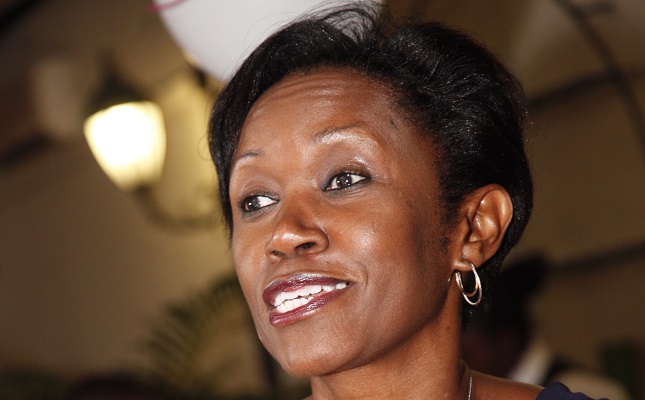Press release – “Dear friends,
In a business where the overwhelming majority of end-consumers are female, women in the diamond sector are remarkably under-represented, not only at the executive and employee levels, but even in terms of the way in which the product traditionally has been marketed. The photo of the model wearing the ring, brooch or necklace is generally a woman, but, more often than not, the message is directed at her male partner, on whose generosity she must depend.
To be fair, in the developed markets and economies there has been a degree of progress, with self-purchaser campaigns more commonplace and some remarkably talented women making their way into boardrooms and the executive suites. But, with a few notable exceptions, it remains a male-dominated world, with real parity still an unrealised objective.
And the situation is less encouraging in the developing economies where diamonds predominantly are extracted and processed, and particularly in those places where artisanal mining takes place.
According to a 2018 report published by the International Institute for Sustainable Development, women make up around 30 percent of the total ASM workforce, and up to 50 percent in some regions. But they generally are relegated to secondary and more menial roles, such as sluicing, washing, panning, sieving and sorting, and frequently are discriminated against when it comes to such things as licenses, financing and access to geological data. In Ghana, for example, women in the ASM sector who are engaged in processing and hauling roles earn on average 60 percent less than men in digging roles.
More ominously, women are considerably more likely to fall victim to instances of violence. A survey carried out in 2016 in the DRC by the Women’s International League for Peace and Freedom reported that 74 percent of women questioned at artisanal mines said that they had been subjected to sexual violence, and 71 percent said that they did not feel safe on site.
This is an area where the World Diamond Council (WDC) is making a difference. Our quest to ensure that the diamonds flowing through the value chain are not associated with violence, human rights violations and labor discrimination means that we have a duty to address the plight of woman in our industry, and in so doing hopefully bring about change both in attitudes and on the ground. The United Nations’ Sustainable Development Goal 5 calls for the achievement of gender equality and the empowerment of women and girls. It as an objective that we all should pursue.
I’m most proud of what I have managed to achieve as a woman in our industry, as well as the opportunity provided to me by the WDC. I am also privileged to be working alongside a group of talented and accomplished female members, who prove daily that in the diamond sector the glass ceiling is an illusory barrier.
But this is not only a women’s campaign. It belongs to all of us. In so many respects, it is the girl that is the diamond’s best friend.”
Marie-Chantal Kaninda
WDC Executive Director


